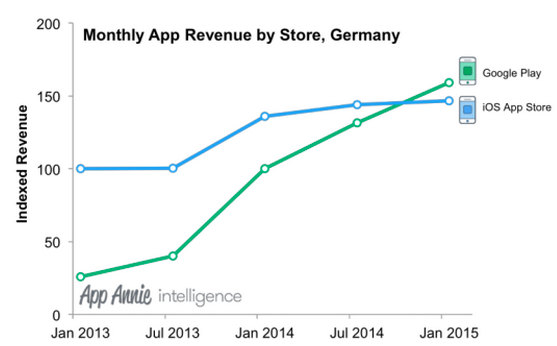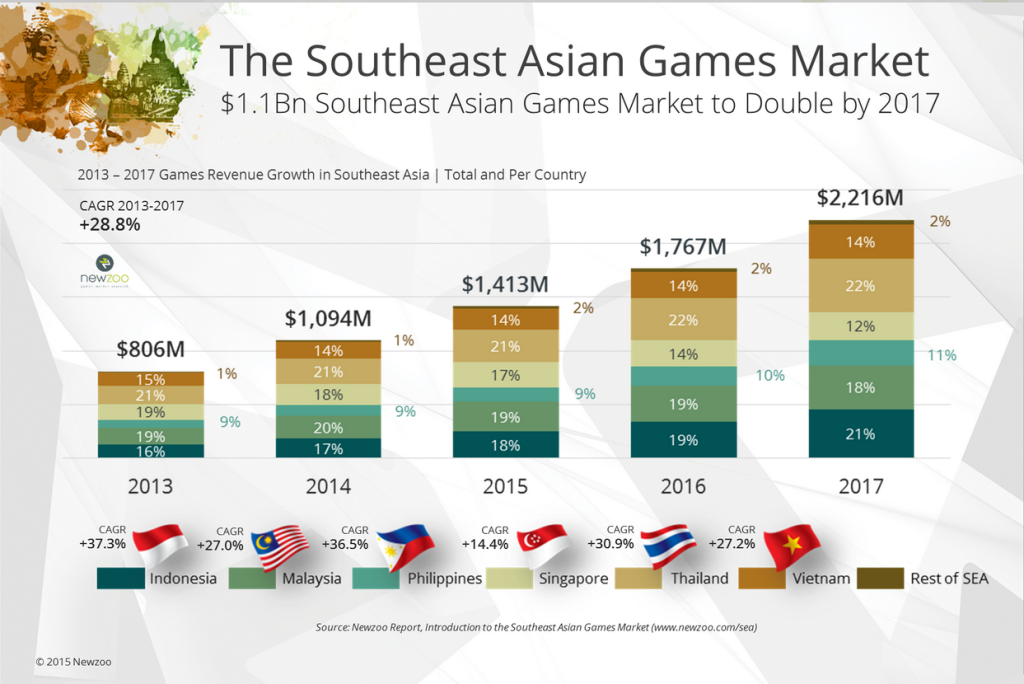iOS or Android?
All developers, be them first time newbies or app developing gurus, have come across this crossroad at one point or another.
Come on, iPhone and iPad users are richer
Common wisdom among the mobile app developers and publishers has it that while Android has an ever growing market share, iOS apps are more profitable. iPhone users are richer; they earn more; they spend more on apps and in-app purchases. The advertising rates are higher.
Does that mean it’s a no brainer then? Go for iOS first of course!
Not so quick. If we take a look at the data released in February 2015 by Opera Mediaworks, we’ll see that Android doubled its share of ad impressions worldwide, far exceeding - in fact, tripling - that of iOS.
Wait…it costs less to advertise on Android
Although we see that iOS still has a higher revenue share, we must not forget that advertising rates are between 20-50% lower on Android devices. So when all things are taken into account, some Android apps are as profitable (if not more) as iOS apps. The Android revenue share is also clearly on a growing trend.

In fact, in certain countries like Germany, the monthly app revenue on Google Play has exceeded that on iOS.
But of course, money isn’t everything…
Needless to say, revenue and profitability shouldn’t be the only considerations when deciding where to launch your app first. Other things must be taken into account. E.g. Development environment, configuration, language: Are you more comfortable with Java or Objective-C?); Publishing: would you like to have your app publish quickly - with the risk of being booted from the Play store later - or endure a month-long wait for the stamp of approval (or disapproval) from Apple?
What do you think? What other considerations do you have when deciding which platform to start on? Drop a comment to share with us your thoughts!
